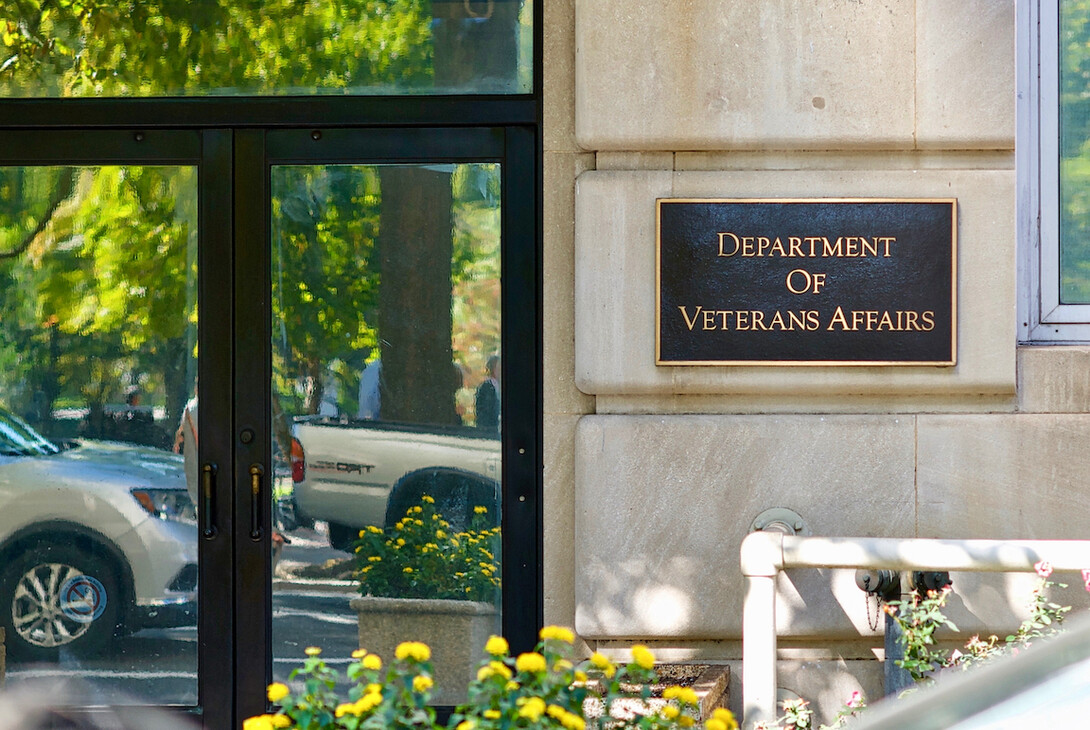
Burn pits — and their deleterious health effects for veterans — have made national headlines in the last few months as the United States Congress wrestled to pass the Promise to Address Comprehensive Toxins Act.
President Biden signed the PACT Act Aug. 10, which expanded health care and benefits for veterans impacted by burn pits. Prior to the PACT Act, Congress passed a law that led to establishment in 2014 of the Airborne Hazards and Open Burn Pit Registry through the U.S. Department of Veterans Affairs. The registry was meant to help track and better understand the health effects of exposure to burn pits.

But the most-recent congressionally-mandated report from an independent committee formed by the National Academies of Sciences, Engineering and Medicine suggests that the registry’s format and questions made it less than optimal for reaching its intended goal, and could be greatly improved to aid communication with veterans and improve overall care. University of Nebraska–Lincoln researcher Kristen Olson was a member of the Academies committee and reported their findings during a public briefing Oct. 14.
Burn pits were implemented at military sites outside of the United States, including in Iraq and Afghanistan, and disposed of trash, including jet fuel and other chemical waste, and those who inhaled the smoke and particles may have been more prone to illness, especially to the respiratory system.
“One of the most important things about the registry is that people who complete the registry have the ability to request a medical exam with an environmental health specialist at the VA, which is someone who can help provide clinical care to the veteran on topics that are related to their concerns about being exposed to airborne hazards,” Olson, Leland J. and Dorothy H. Olson Professor of Sociology, said. “This is a really important goal and the registry was set up to do it, but it’s not accomplishing that goal.”
Through almost two years of research, which included examining the registry components, gathering information from subject-matter experts and parsing the data from the registry, the committee found that 317,000 participants completed the registry questionnaire, but more than 130,000 started it and didn’t complete it. The report noted that the self-assessment contained about 140 questions.
“So many found the questionnaire to be so burdensome, they never completed it, but they still cared enough to start the process,” said Olson, who also serves as director of the Bureau of Sociological Research. “That is such an important group that is providing information to the VA about their health concerns and it provides a very large group of veterans that the VA can communicate with about new benefits or new scientific research that may be relevant to them.
“There’s a whole swath of communication and outreach tools that the registry could facilitate, but it’s not really doing that right now, and it could be better.”
The committee recommended the registry be completely overhauled with a shorter, more efficient questionnaire that is limited in scope to collect information that can support communication or facilitation of health care.
“Given the significant costs of maintaining the current registry, and a participant burden with few benefits, the goals and functions of the registry need to be modified so that they are attainable and provide value to this veteran population,” the committee wrote.
The registry was initially intended to gather information for research, but Olson said the registry has design and data quality issues that cannot be overcome, so an onerous questionnaire is not needed.
“Even making substantial changes to the questionnaire for the registry wouldn’t be enough to make the registry appropriate for etiological research of airborne hazards, exposures and health outcomes,” Olson said during the briefing.
Ultimately, it is up the VA on how they want to proceed, Olson said. Terrance Hayes, press secretary for the VA, said the VA will “explore all options when building the next registry to ensure it delivers for veterans.”
The news of the committee’s findings was picked up in national and U.S. military media, including Stars and Stripes, Military Times, Yahoo! News and Politico.







